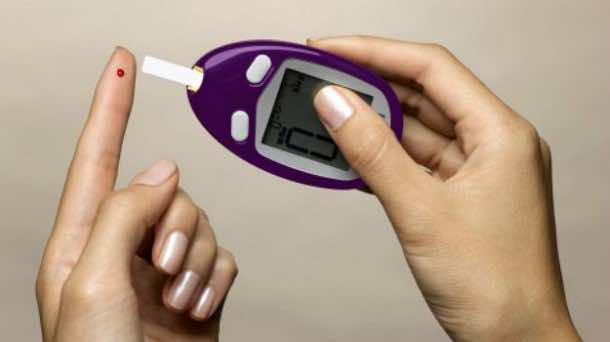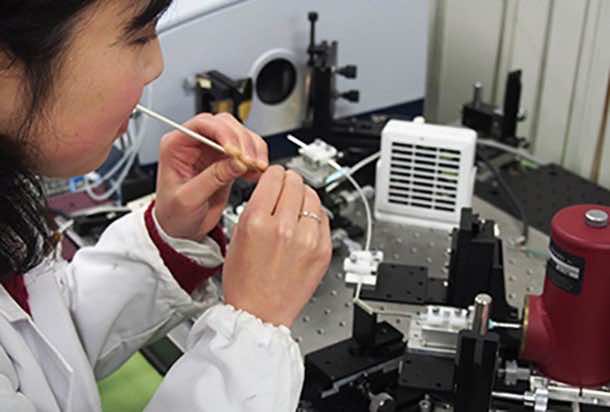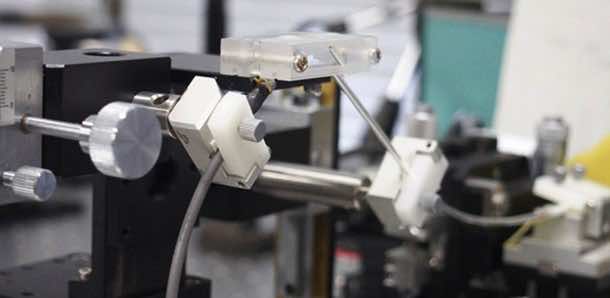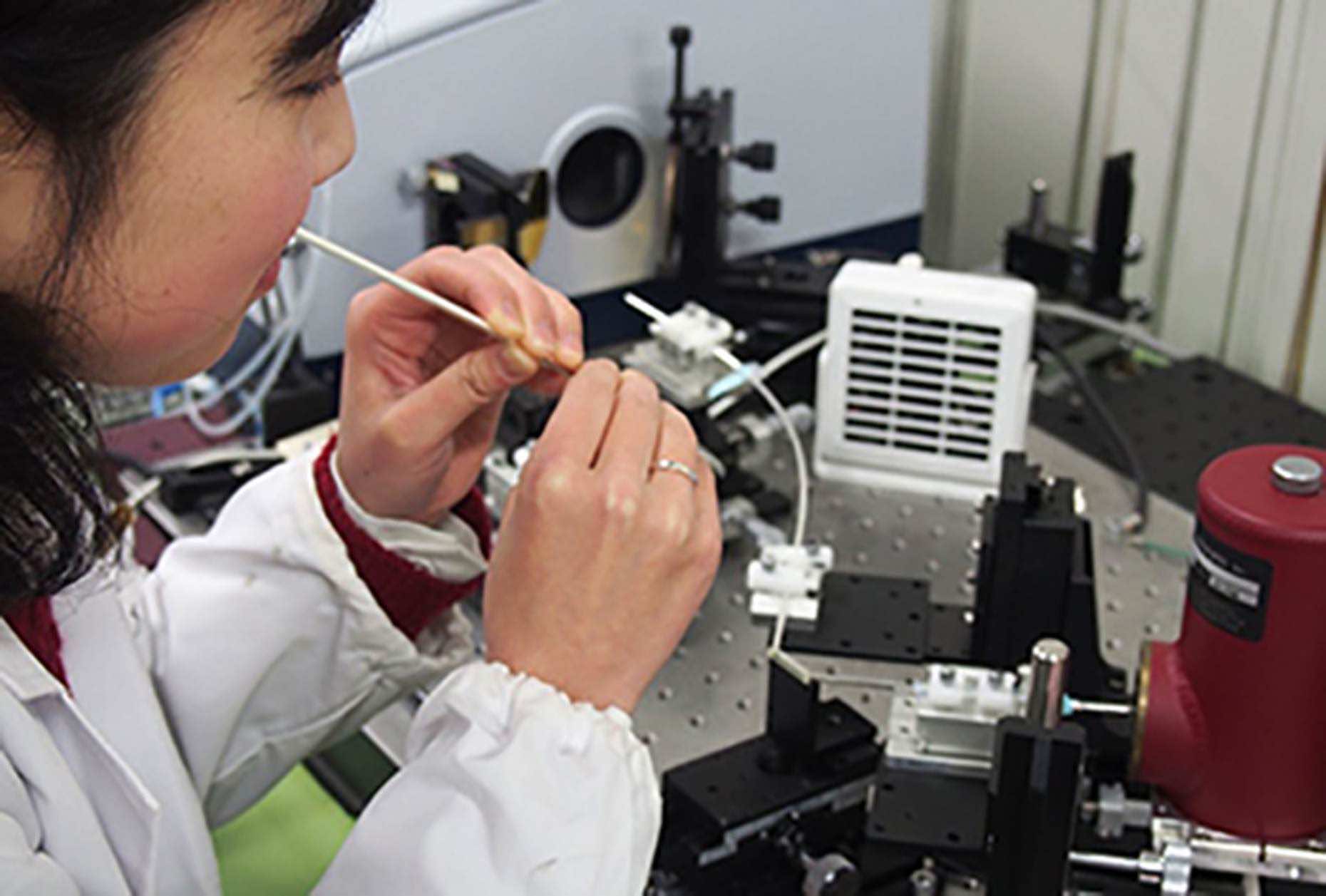For a couple of years, a number of research groups have been working to come up with means of employing lasers to ascertain the blood-glucose levels. Why? To cease the finger-pricking and blood sampling that has to be performed by diabetics on a daily basis. Japanese scientists have finally managed a breakthrough and come up with a system that is different from the previously used methods.
The new system makes use of far infrared light that is harmless and allows for astonishing levels of accuracy. The other non-invasive blood-glucose monitoring systems rely on mid-infrared or near-infrared for scanning a part of the body. Since glucose in the blood absorbs light at particular wavelengths, the basic idea in this methodology is to measure the amount of light absorbed, thus determining the amount of glucose that is present in the blood.
Researchers at Japan’s Tohoku University stated that near-infrared light has quite a number of shortcoming when it is employed for this task. It is absorbed weakly by glucose along with protein, water and hemoglobin, thus making it quite difficult for getting an accurate reading. How did they overcome this? They opted for far infrared light.
It features wavelengths of 10 microns and is absorbed strongly by glucose. The downside is that it is only capable of penetrating the skin for a few microns. That is why in order to get an accurate reading of blood glucose using this approach, the team had to come up with an improved way of subjecting the patient to infrared and then measuring the effects.
The system that has been developed is comprised of hollow optical fibers that emit far infrared light along with a prism that has been attached at the end. This fiber is applied to the inside of the mouth – a mucous membrane lines the inner lips and makes it easier for the system to transmit the infrared light. The researchers were subsequently able to ascertain blood glucose levels with under 20% margin of error.
The lead researcher has claimed that this measure of error is accurate enough for the system to be put to clinical use and hopes that merging this technique with advanced far infrared laser would allow the non-invasive blood glucose monitory systems to step out of the lab in the form of a gadget that can be used by the user at home. Pretty promising, isn’t it?


